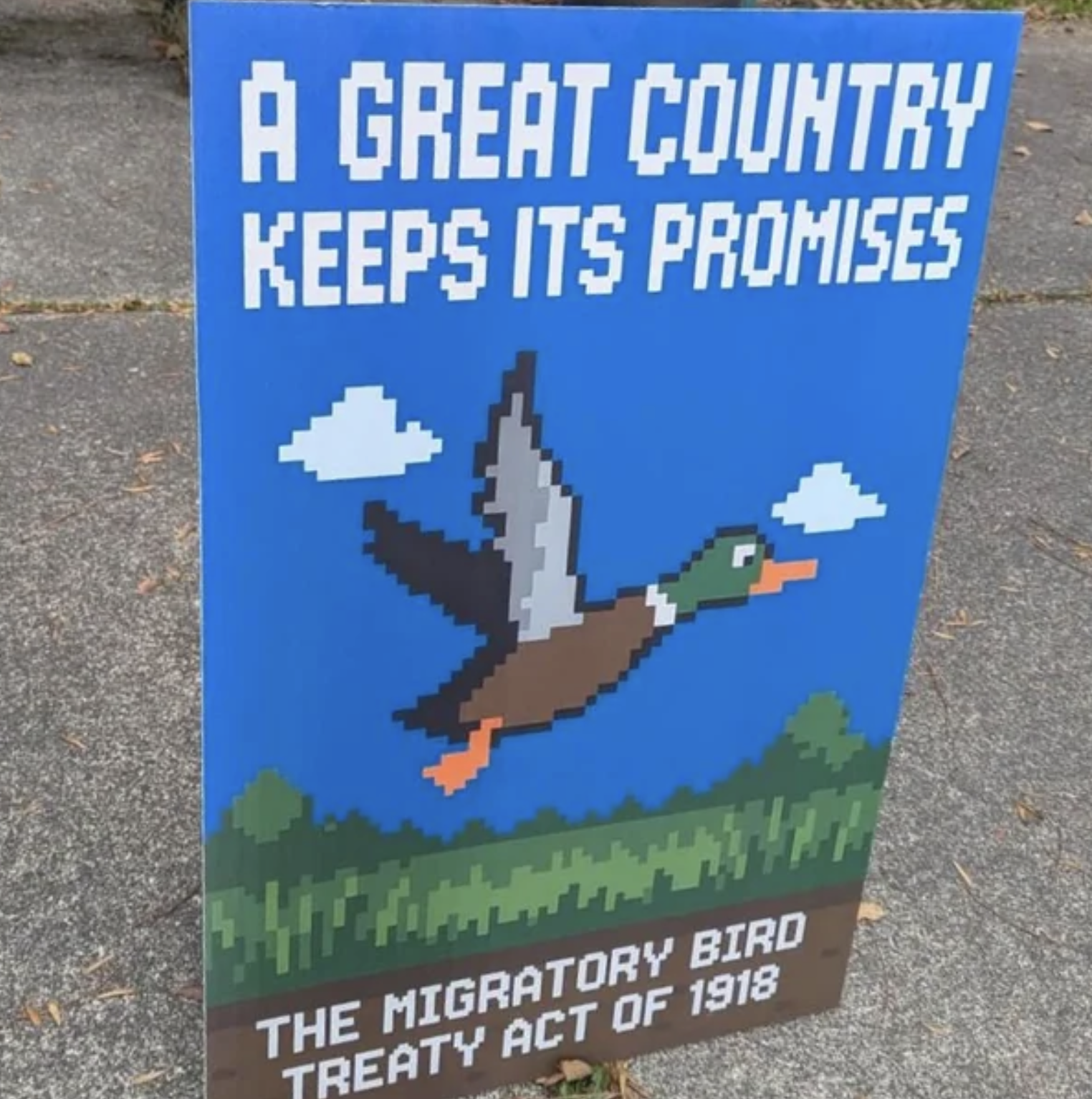March madness?
“He doesn’t even have a dog.”
This was my favorite protest sign — seen on Instagram — from one of the Women’s Marches held around the nation on Jan. 21.
And while I thought the concern was valid (Who doesn’t love dogs?) it did make me question: What was the takeaway message of the Women’s March?
My mother, a staunch Trump supporter, posted on Facebook: “Can you tell me what rights I don’t have?” She had no idea what the women marching in the Women’s March were marching for. After perusing many of the protest signs and reading multiple articles, I got the sense that the march was a warning to Trump and Republicans that women want certain freedoms and these freedoms best not be infringed upon in the future.
The actual mission of the Women’s March on Washington, according to their official website, is to “stand together in solidarity with our partners and children for the protection of our rights, our safety, our health, and our families — recognizing that our vibrant and diverse communities are the strength of our country.”
So, what was supposed to be a female solidarity event was clearly an anti-Trump and pro-choice protest (pro-life groups were asked not to attend). Why such a discrepancy between stated purpose and reality?
The “ambiguous protest” is now a common phenomenon. There are any number of movements whose messages are unclear and whose demands are either missing, vague or contradictory. These protests, I fear, are diluting the power inherent in our right to peaceably assemble and making it easier for the American people to be ignored.
History has shown what well-organized protests can do. The Boston Tea Party lead to a war and an entirely new country. Labor unions fought for the 40-hour work week and workplace safety. Suffragettes campaigned tirelessly until a constitutional amendment was enacted. Civil rights protests in the 1960s lead to the passing of the Civil Rights Act.
But history has also shown which movements were less than effective. The Black Power movement in the late 60s was a rallying cry for Americans feeling the oppression of lingering racism. But the message the movement held was so divisive and muddled that Martin Luther King Jr. refused to adopt the slogan. Antiglobalization protests in Seattle in 1999 accomplished next to nothing. Occupy Wall Street was famous for its lack of cohesive demands, and it fizzled out, with nary a change in sight.
There is, however, a modern protest that did remarkably well — and it belonged to the conservatives.
The Tea Party protests in 2009 actually worked. Protesters not only had a unified message — “No taxation without representation” — but they used this message to form a cohesive, and formidable, political party. With funding from the Koch brothers and loyal Tea Party politicians in place, Tea Partiers helped Republicans take control of the House in 2010.
Protesting has, traditionally, always been the lovechild of the Left. But successful protest movements are carefully planned, espouse meticulously honed messages, and employ politically savvy leaders willing to negotiate terms. Too many protests today are toothless, focusing more on posting selfies than enacting policies, making them far too easy to dismiss.
It might sting to admit it, but the Left may want to take a cue from the Right when it comes to getting politicians to pay attention.





